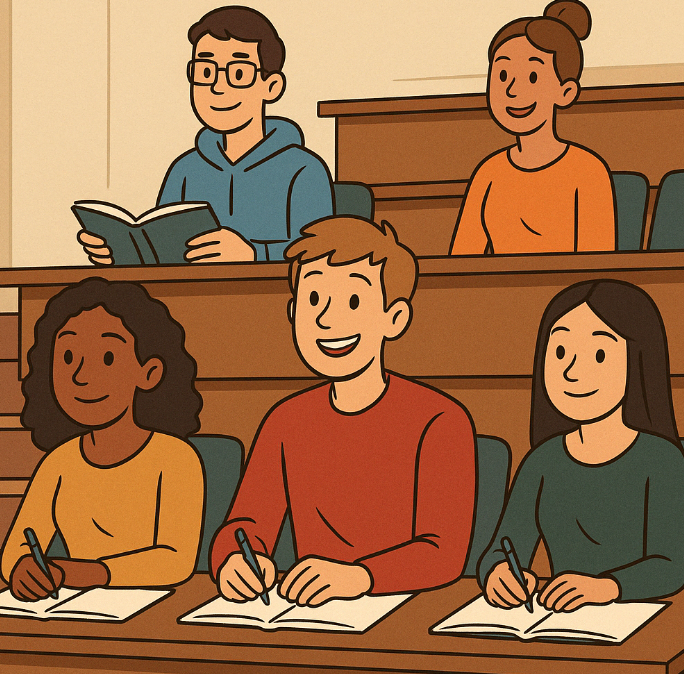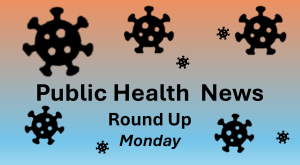
New Research Reveals 3 Keys to Increasing Campus Vaccination
Vaccines are among the most powerful tools in modern medicine. Yet, what happens when the very population that could lead by example—college students—aren’t convinced to roll up their sleeves?
A new global study reveals that fewer than 6 in 10 university students plan to get vaccinated against HPV, and fewer than half intend to get the flu shot. These aren’t fringe statistics—they’re signs of a brewing public health vulnerability on campuses worldwide.
Students: At the Crossroads of Influence and Risk
University students aren’t just future doctors, engineers, and leaders. They’re trendsetters. They shape peer opinions, ripple through social networks, and bring energy—and germs—wherever they go. They’re also at a unique life stage: finally making health choices independently.
That’s why researchers dug deep. This systematic review and meta-analysis analyzed 36 studies on student vaccination intent, focusing on two major vaccines: HPV (Human Papillomavirus) and influenza. Together, these illnesses claim tens of thousands of lives annually—but they’re largely preventable with vaccines.
So, why aren’t students saying yes?
📉 Vaccination Intentions Are Too Low for Comfort
The numbers are concerning:
- 54% of students intend to get the HPV vaccine
- 43% plan to get the flu shot
And that’s intention—not actual follow-through.
In public health, that’s nowhere near herd immunity territory.
While coverage rates varied slightly by region (students in Africa showed the highest intention for HPV vaccination), the bottom line is clear: globally, intentions are lagging, even among health science students.
🧠 What Makes a Student Say Yes—or No—to Vaccines?
Here’s where the study shines. It didn’t stop at the “what.” It tackled the “why.”
Researchers categorized over 300 different influences into three main categories:
- Individual/Group Factors
These were the most powerful. Students who had more knowledge about the vaccine, had pro-vaccine friends, or had previous positive experiences with vaccines were far more likely to say yes. - Vaccine-Specific Issues
Cost, convenience, and access mattered—a lot. Students who worried about the price or didn’t know how to get vaccinated were less likely to plan on it. - Contextual Influences
Surprisingly, things like religion, parental background, and even income had less impact than expected.
In short: what students know, how they feel, and who they listen to matters more than where they come from.
📣 Lessons for Public Health: Knowledge Is Power, But So Is Access
If you’re a campus health leader, this study offers a roadmap:
- Boost awareness: Many students simply don’t know enough about HPV or flu risks.
- Make it easy: Free, walk-in, well-promoted clinics can eliminate logistical barriers.
- Tap into peer influence: Student ambassadors and trusted voices matter more than top-down mandates.
- Normalize it: The more students see their peers getting vaccinated, the more likely they are to follow.
And don’t underestimate the role of past experience. A student who got the flu shot last year is more likely to get it again. That’s a compounding win—if they start early.
Why Now? COVID’s Long Shadow
The pandemic reshaped how students view vaccines. For some, it increased skepticism. For others, it underscored the value of prevention. But one thing’s certain: routine vaccinations took a hit during COVID, and recovery isn’t automatic.
This study gives us a blueprint to rebuild smarter.
What’s Next: Moving From Insight to Action
Future interventions need to do more than hand out flyers or drop facts. We need strategies that speak to students’ lived realities:
- Incorporate vaccination education into first-year orientation
- Offer “vaccinate and celebrate” pop-up events with social incentives
- Partner with student orgs, health departments, and peer networks
- Ensure vaccines are free, fast, and stigma-free
And research must go further. Why are vaccines like measles, rubella, or meningitis missing from students’ radar? What about students outside North America and Asia?
Let’s Talk: What Would It Take for You to Get Vaccinated?
Public health doesn’t happen in a vacuum. It happens in conversations—in dorms, cafeterias, group chats.
So let’s keep the conversation going:
- Would you say your campus encourages vaccination—or avoids the topic?
- If you’re a student, what would make you more likely to get vaccinated?
- How do your peers influence your own health choices?
Don’t Wait – Stay Informed, Drive Change!
Public health needs your voice today. Join thousands of leaders making a difference by subscribing to This Week in Public Health. Get powerful updates and tools to create impact.
🔥 Every second counts! Share this blog now to expand our reach and strengthen our movement.



